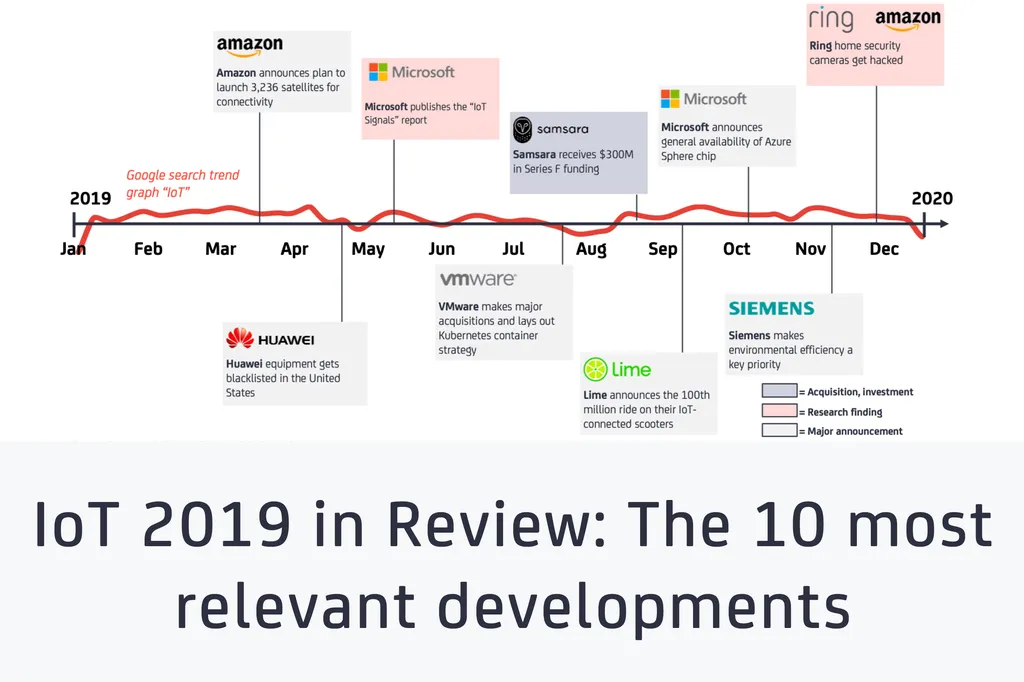The IoT technology for agriculture market is on a steady upward trajectory, with projections placing its value at USD 34.4 billion by 2031—a significant leap from an estimated USD 15.2 billion in 2024. Growing at a compound annual growth rate (CAGR) of 12.3%, this expansion reflects broader trends in industrial adoption and technological innovation within the agriculture sector. For states like New Jersey, where agriculture contributes over $1 billion annually to the economy, these advancements could redefine how farmers approach productivity, sustainability, and resource management.
At the heart of this growth is the increasing reliance on connected solutions to address long-standing challenges in farming. IoT-enabled devices—such as soil sensors, drones, and automated irrigation systems—provide real-time data on critical factors like moisture levels, nutrient content, and weather patterns. This data-driven approach allows farmers to optimize inputs, reduce waste, and improve crop yields, aligning with both economic and environmental goals. In New Jersey, where diverse crops like blueberries, cranberries, and nursery products thrive, precision agriculture tools could help growers mitigate risks associated with climate variability and labor shortages.
The market’s expansion is further fueled by advancements in artificial intelligence (AI) and machine learning, which enhance the predictive capabilities of IoT systems. For instance, AI-powered analytics can forecast pest outbreaks or disease risks, enabling preemptive action. Cloud-based platforms and mobile applications are also democratizing access to these technologies, making them viable for small and mid-sized farms that dominate New Jersey’s agricultural landscape. As climate change intensifies pressure on food systems, such innovations offer a pathway to resilience, allowing farmers to adapt to shifting conditions without compromising output.
Government policies and private-sector investments are playing a pivotal role in accelerating adoption. Federal and state initiatives, including grants for smart farming technologies and incentives for sustainable practices, are lowering barriers to entry. In New Jersey, programs like the State Agriculture Development Committee’s cost-share grants for precision agriculture tools are already encouraging growers to integrate IoT solutions. Meanwhile, collaborations between agtech firms and research institutions—such as Rutgers University’s work on sensor-based crop monitoring—are fostering localized innovations tailored to regional needs.
The market’s segmentation highlights its versatility, with applications spanning precision agriculture, livestock monitoring, smart greenhouses, and supply chain management. For New Jersey’s dairy and livestock farmers, IoT-enabled health and feeding management systems could improve animal welfare while reducing operational costs. Similarly, the state’s greenhouse operators—who contribute significantly to its floral and vegetable production—stand to benefit from automated climate control and pest management solutions.
Regionally, North America remains a leader in IoT agriculture adoption, driven by robust infrastructure and a strong culture of technological integration. However, New Jersey’s proximity to major agtech hubs like the Northeast Corridor positions it to capitalize on emerging opportunities. As the market evolves, the state’s farmers may find themselves at the forefront of a transformation—one where data, connectivity, and automation redefine the boundaries of traditional agriculture.
Yet challenges remain, including the high upfront costs of IoT systems and the need for digital literacy among farmers. Addressing these will require continued investment in education and infrastructure, ensuring that the benefits of smart farming are accessible to all. If successful, New Jersey’s agricultural sector could serve as a model for how technology and tradition can coexist, driving both economic growth and environmental stewardship in the years ahead.

